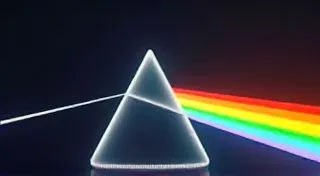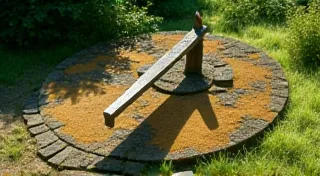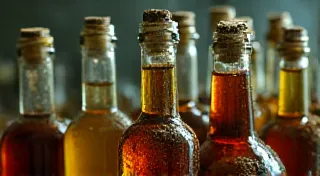Silent Witnesses: The Stories Imprinted on Well-Used Typewriter Ribbons
There’s a certain magic that clings to antique typewriters. More than just mechanical marvels, they are time capsules, silent witnesses to untold stories. And nestled within their intricate workings, the humble typewriter ribbon – often overlooked – holds a particularly poignant connection to the writer’s creative journey. These ribbons, once vibrant and bold, now faded and fragile, are not merely functional components; they are echoes of thoughts, emotions, and the rhythmic pulse of creation.
Consider the life of a ribbon. Born from a carefully-wound spool of dyed fabric, often silk or nylon, it was destined for a partnership with a writer. Perhaps it fueled a passionate love letter, a gripping news report, or a meticulously crafted novel. Each character typed, each sentence formed, left an indelible mark, a ghostly impression stored within the ribbon’s fibers. The fainter the print, the older the ribbon, the more layered the history becomes—a palimpsest of intention and execution.
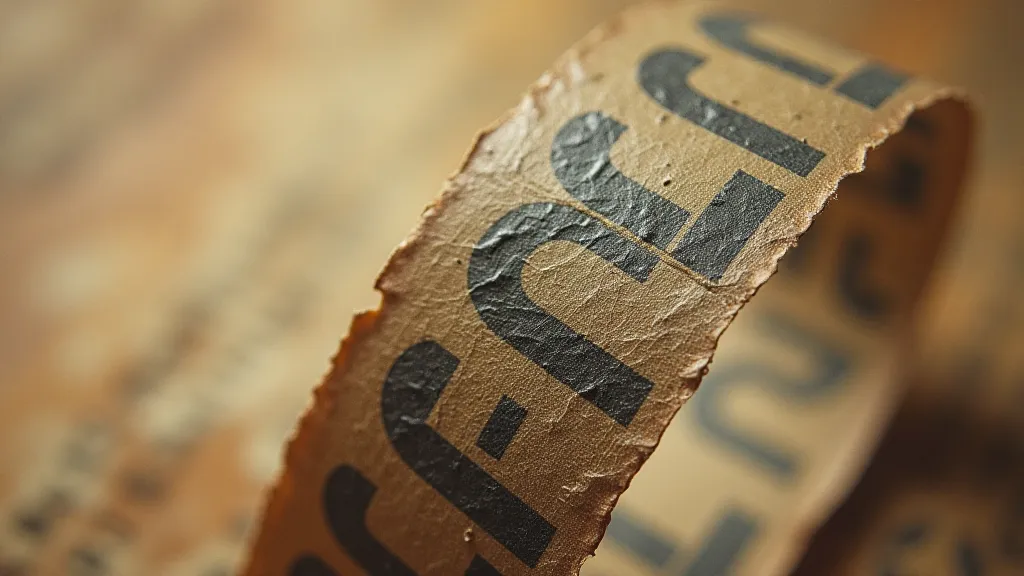
A History of Color and Craftsmanship
The evolution of typewriter ribbons is a fascinating study in itself. Early ribbons, dating back to the late 1800s and early 1900s, were almost exclusively black. These ribbons were often made of silk, requiring considerable skill and attention to detail in their production. The process was labor-intensive; dyes were applied in multiple stages, and achieving consistent color saturation was a significant challenge. This explains why surviving early ribbons often display subtle variations in tone – a testament to the human touch involved in their creation.
As technology advanced, the availability of dyes expanded, and nylon replaced silk as the primary material. The 1950s and 1960s saw a surge in vibrant ribbon colors – red, blue, green, and even purple – reflecting a broader cultural shift toward experimentation and self-expression. These later ribbons often boast a more uniform appearance, a consequence of industrialized manufacturing processes, yet they still possess their own unique charm, reflecting the aesthetic sensibilities of their era. The layering of stories embedded within these ribbons is remarkable; a single ribbon can represent decades of writing and creative output, creating a unique and complex artifact. It's like looking at a palimpsest of letters, with each print subtly altering the history held within the fibers.
The craftsmanship inherent in ribbon production deserves recognition. The meticulous winding of the ribbon onto the spools, the careful application of dyes, the ensuring of consistent thickness – all of these required a level of expertise that is often lost in our age of mass production. Examining a well-preserved ribbon today is akin to holding a miniature work of art, a tangible link to a bygone era of artisanal skill. The dedication required to produce these ribbons aligns beautifully with the broader appreciation for historical craft, highlighting how time weaves its story into every object.
The Emotional Residue: Beyond the Words
But the true value of an antique typewriter ribbon extends beyond its historical and technical significance. It’s about the emotional connection we can forge with the past through these fragile objects. Imagine holding a ribbon that once produced a draft of Ernest Hemingway's "A Farewell to Arms," or a letter penned by a soldier on the front lines of World War I. The weight of history settles upon you, the echo of their thoughts resonates within your own mind.
Even with less famous documents, the power remains. I once acquired a collection of ribbons from an estate sale. Among them was a partially used ribbon marked with the initials "E.M." and interspersed with snippets of poetry - fragments of love poems and philosophical musings. Who was E.M.? What were their joys and sorrows? The ribbon offered no definitive answers, yet it sparked a story in my imagination—a narrative woven from conjecture and empathy. That is the true magic of these artifacts. It’s a reminder of the countless untold stories held within everyday objects, echoing the broader concept of a tapestry of time.
It’s not just about the words themselves, either. Think about the rhythmic tapping of the keys, the gentle whir of the carriage return, the smell of the ink slowly oxidizing on the ribbon. These sensory details, meticulously recorded by the typewriter, contribute to the overall experience, creating a holistic record of the writer's creative process. The stories contained within these ribbons are far more complex than one might initially perceive, requiring careful examination and a degree of intuitive understanding to fully appreciate their nuances.
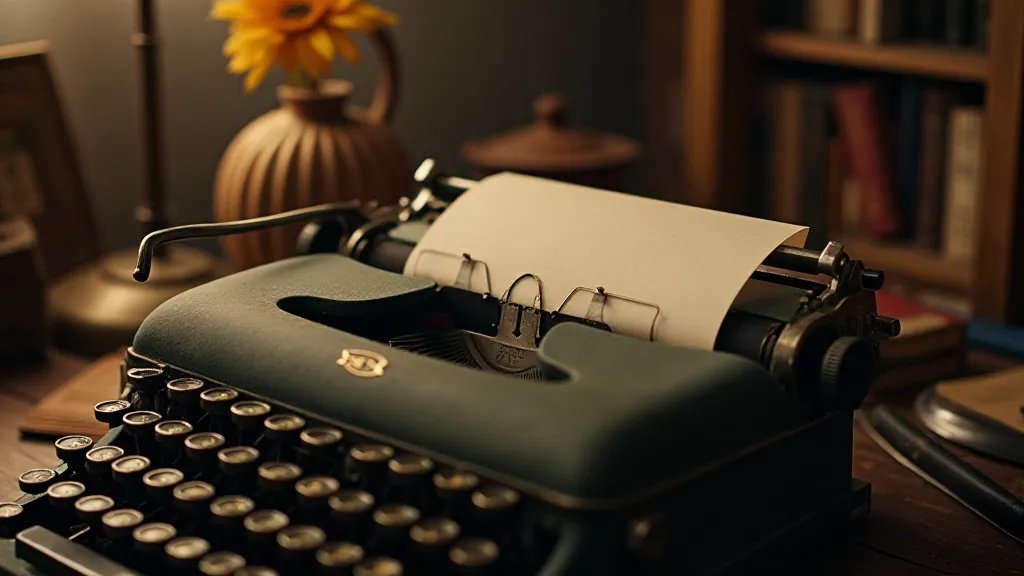
Preserving the Past: Repairing & Caring for Antique Ribbons
Unfortunately, antique typewriter ribbons are notoriously fragile. They are susceptible to fading, brittleness, and disintegration due to age and environmental factors. Handling them carelessly can easily cause irreparable damage. Therefore, careful preservation and, when necessary, gentle repair are crucial to ensuring their survival for future generations. The work of archivists plays a crucial role in documenting and cataloging these delicate artifacts. Their expertise is vital in understanding the subtle differences between various ribbon types and ensuring their longevity; they are truly the archivist's touch, preserving a vital piece of our cultural heritage.
Repairing a damaged typewriter ribbon is a delicate task. The primary goal is to stabilize the ribbon’s condition, preventing further deterioration. This often involves careful cleaning to remove surface dust and grime, followed by the application of a specialized archival-quality adhesive to mend tears and reattach loose segments. A deeper dive into this process showcases the skill and precision demanded by conservation efforts.
It is vital to avoid harsh chemicals and aggressive cleaning methods, which can further weaken the ribbon’s fibers. Specialized conservation workshops offer instruction and resources for those interested in learning more about ribbon repair techniques. Even a simple act of storing ribbons in acid-free enclosures and protecting them from direct sunlight can significantly extend their lifespan. The entire process showcases how fragments of the past can be carefully nurtured.
A Collector’s Perspective: Beyond the Practicality
Collecting antique typewriter ribbons isn’t just about acquiring functional items; it’s about accumulating fragments of history, miniature windows into the creative lives of others. A well-curated collection can offer a fascinating glimpse into the evolution of writing technology, the changing aesthetics of different eras, and the enduring power of the written word. This pursuit extends beyond simple acquisition, embracing a deeper connection to the stories these objects represent.
Experienced collectors often specialize in specific types of ribbons – perhaps focusing on a particular manufacturer, a specific color palette, or ribbons associated with notable authors or events. The thrill of the hunt, the satisfaction of uncovering a rare or historically significant ribbon, is what draws many collectors to this unique niche. Transforming damaged ribbons into usable writing tools can be a challenging but rewarding endeavor – a testament to the ingenuity and skill of dedicated restorers; it’s almost like an alchemist's crucible, where broken pieces are reborn into something new. The artistry involved in this restoration echoes the original craftsmanship of the ribbons themselves.
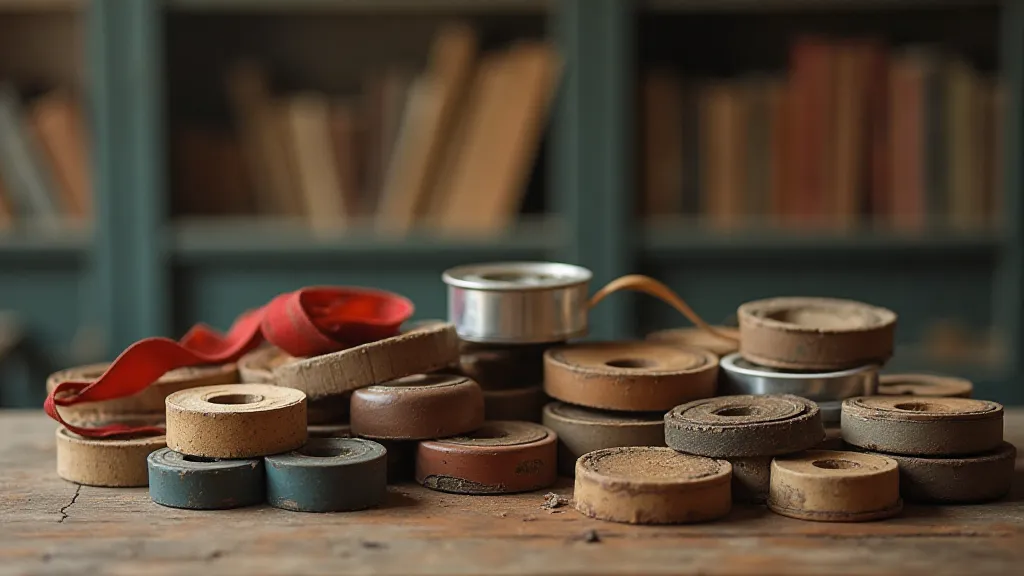
The Enduring Legacy
Antique typewriter ribbons are more than just mechanical components; they are silent witnesses to the ebb and flow of human creativity. They hold the echoes of thoughts and emotions, the rhythm of creation. By appreciating their historical significance, preserving their fragile existence, and recognizing their enduring legacy, we can ensure that these tangible links to the past continue to inspire and inform future generations. Each faded mark, each subtle variation in color, tells a story - a testament to the enduring power of the written word, and the individuals who brought those words to life. Their quiet strength stands as a powerful reminder of the connections between objects, people, and time.


